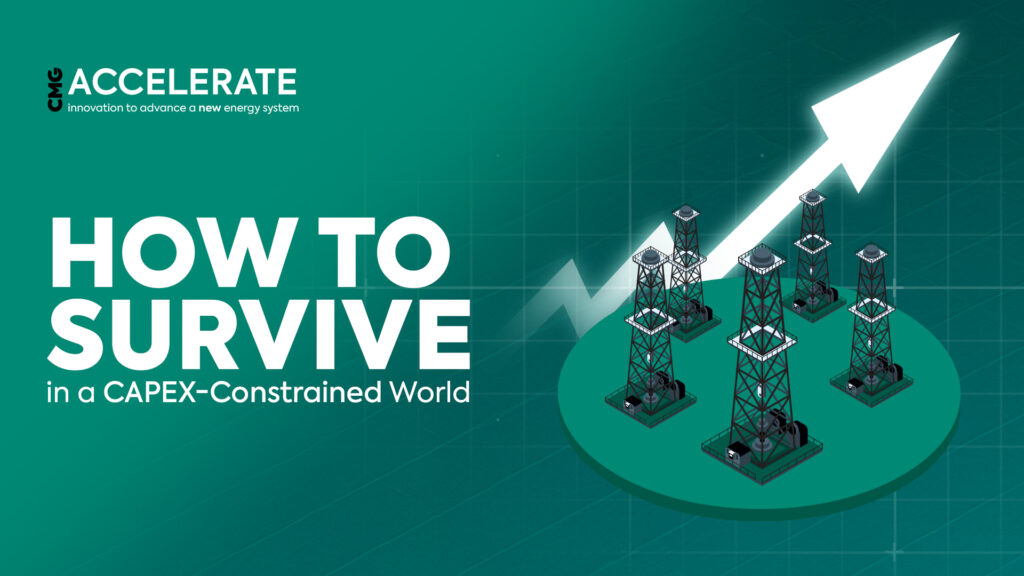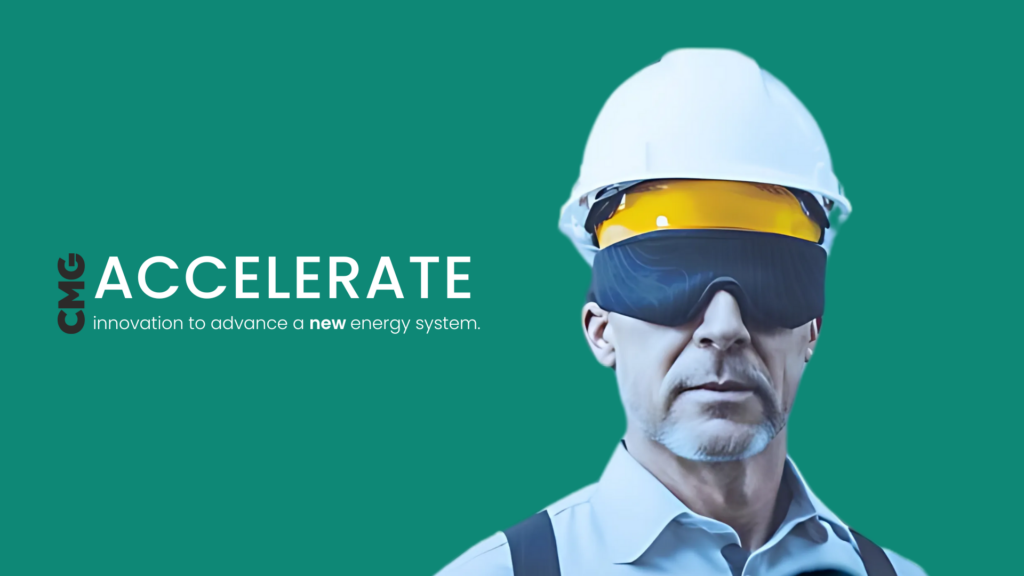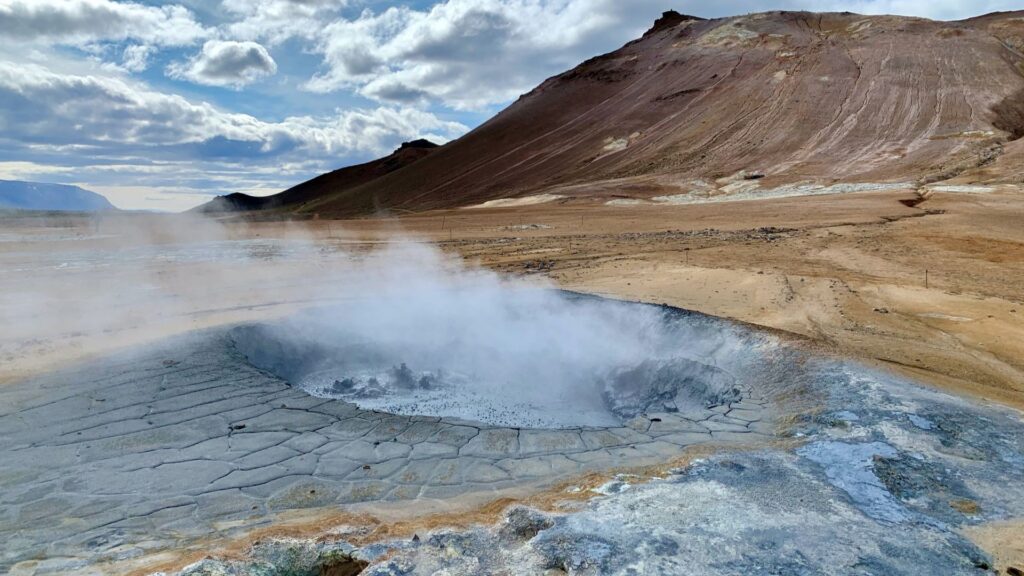Chevron has been on the digital transformation road for a while.
As in — they are long past the digitization stage, figuring out how to gather, analyze and then use the data their company produces.
From data science and machine learning to business intelligence and analytics, Chevron “really works across the full spectrum of analytics,” says Justin Lo who led data science and analytics globally at the company for quite some time.
In doing so, his team has been able to build solutions that impact business units across the company, he explains.
Chevron is now ready to take one element of its data science practice to the next level: artificial intelligence (AI).
Yes, it’s a buzz phrase, and yes everyone in the energy sector talks about hopping on the AI train. Chevron’s actually been doing it though, and with the recent launch of Enterprise AI Team, it’s moving full steam ahead, says Lo who is now technical manager for AI engineering in this new organization at Chevron.
The Enterprise AI team is building on the company’s strong data and analytics foundation in order to scale artificial intelligence across the whole company, he says.
“ChatGPT has lowered the barrier to entry for people to actually interact with artificial intelligence — in a more realistic way than what they were used to,” says Lo.
“With this evolution… our vision is that people at all levels of the organization will be able to interact either directly [or indirectly] with something that has an AI engine powering it.”
The key to implementing new tech? The right business purpose
It’s never worth it to invest in and engage with technology just for the sake of it, Lo says.
A technology solution needs to have a specialized business purpose. Will it increase revenue? Encourage sustainability? Improve safety?
Lo believes in the strategy of “falling in love with the business problems you’re trying to solve, not with the technology itself,” he says. And the tech — in this case AI — should equip experts to improve their workflow. Not attempt to replace their expertise.
“With any technology, and adoption, and I would say digital transformation in general, it’s about people, processes, and then the tools,” he says.
Some might call the job Lo has in front of him — embedding AI across all the teams and workflows of a major corporation — an exercise in scaling. But Lo says he finds the word a little triggering because it hints at replicating a one-size-fits all solution.
And that’s not what Chevron is doing.
“Because it’s really not about a copy and paste,” he says. “It’s not — ‘Hey, this solution works for this business unit, and therefore it should work with the other ones’. Scaling means that we have to go and educate our people.”
People need to be trained on what AI is, how to frame a problem correctly, and how to use foundational tools, so they are empowered to innovate on their own, Lo explains.
“We’ve educated thousands of people through our internal development programs on data science.”
And with Enterprise AI, the goal is for artificial intelligence “to be as commonplace as something like Microsoft Word and Excel inside Chevron,” he says.
How AI actually enables energy sector efficiency and growth
AI supports innovation and efficiency throughout every stage of energy production: upstream, midstream, and downstream, including new energies.
Broadly, AI can allow an energy company to “create synthetic data, generate scenarios, and then make decisions and learn as we go,” says Lo.
For instance, Chevron applies machine learning — where a machine is taught to perform specific tasks and provide accurate results by identifying patterns — to make better-informed decisions regarding the subsurface, he says.
There’s plenty of data on the subsurface. But historically, the energy sector has learned about what goes on underground by collecting data via expensive well-logging and micro-seismic surveys. It’s an inefficient way to learn, Lo says.
Data and machine learning make the process more efficient.
“Instead of loading individual logs and analyzing them for very small development areas, we can now look at things on a broader base and scale, and make business decisions based off of that,” he says. “It’s about reducing the uncertainty with the massive amounts of data we have.”
With better understanding and characterization of the subsurface, Chevron can more accurately manage surface operations.
“You can size your facility for a certain capacity so you’re not under capacity, you’re not overcapacity — you’re just right,” Lo says.
“From an analytics perspective there’s certainly things like predictive maintenance [that can be used] so that you understand all of your downtimes, and so you know it’s an efficient operation from your subsurface to your surface.”
Essentially, engineers use AI to design an “industrial metaverse” through virtual replicas of existing facilities that allow them to test, diagnose, and predict equipment conditions.
Chevron is also using deep learning for computer vision and bioacoustics to help protect wildlife and to “advance carbon sequestration techniques to capture and permanently store carbon deep underground in support of greenhouse gas reduction ambitions.”
Lo reiterates the value of AI for Chevron is always embedded in how the tech can support people as they seek to solve business problems.
“At the end of the day, it’s about providing help. We bring people together — the subject matter experts, and the end users who will actually be the beneficiaries of the solutions — and when we feel like help to them, then the pull from the business and the business benefits snowball.”
Sign up to receive newsletter updates from Accelerate on LinkedIn.







